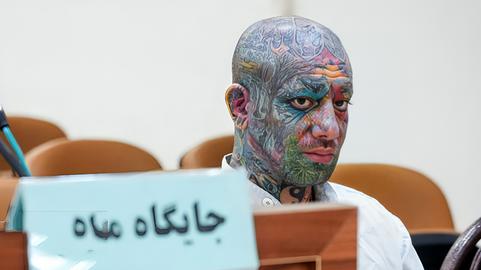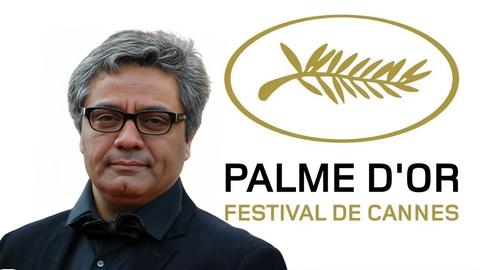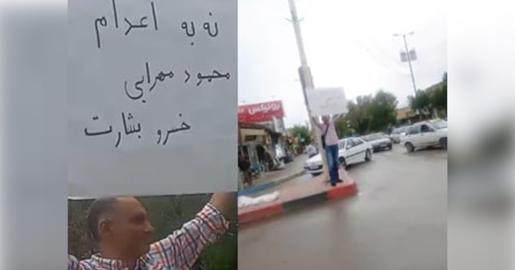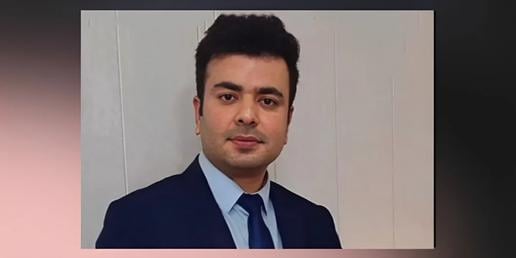The Ministry of Culture and Islamic Guidance issued Iranian journalists with new censorship guidelines on July 22. Journalists and editors were told that failure to follow the directive could result in prosecution.
In what has been termed a “highly confidential” letter, the ministry’s press and information department released detailed instructions on how the country’s reporters should cover the nuclear deal between Iran and the P5+1 countries, which was signed in Vienna on July 13.
In the directive, journalists are forbidden from publishing any articles that suggest rifts among “high-ranking authorities in Iran” — referring to President Rouhani’s administration and the Supreme Leader Ayatollah Khamenei and his closest allies. In addition, journalists have been told to not report on anything that “indoctrinates” the public into believing that the nuclear deal goes “against the nation, Islam, or revolutionary values and ideals;” they have also been instructed not to report anything that might “polarize society”.
Quoting foreign ministers or members of the negotiating teams from any of the P5+1 countries is also off limits, unless the reporter allows for a “decent response” from Iranian negotiators.
In addition to bans on general criticism of the Vienna talks and the resulting deal, members of the press have been informed they should always emphasize the fact “American extremists and Zionists are opposed to the deal” and have “respect and praise for [Iranian] negotiators” in all news reports, demonstrating their “courage, politeness and professionalism” at all times. Journalists must frame the talks as a “unique” political event and historical agreement."
Under Iranian media law, the press are obligated to follow the directive. Journalists who fail to do so could face prosecution, and associated publications could face temporary closures lasting two months. It remains to be seen how the media will respond, and whether some agencies will risk defying certain aspects of the ban.
The Power of a Letter
Authorities regularly issue recommendations to Iranian media outlets. The culture ministry, along with the judiciary and the Supreme National Security Council, routinely send letters and instructions to the press advising on them appropriate behavior. One well known example is the Council’s media ban on publishing photographs or articles about the former reformist president Mohammad Khatami.
“I worked in Iran until four years ago. We received a confidential letter almost every month. There was no schedule, which means we could receive a letter anytime, even out of working hours, and those were urgent demands,” says Bijan Safsari, founder of and former editor-in-chief of several Iranian newspapers, including Azad and Sedaye Edalat. “Once I received a confidential letter at 9pm, when the newspaper was ready to go to print. We had to delete the most important news of the day, which was about Isfahan’s Friday prayer leader resigning. I ignored the letter, and the following day I was arrested and my newspaper was banned.”
The number of these letters increased dramatically during President Ahmadinejad's presidency, with many of them effectively calling for full-scale censorship of the press. President Hassan Rouhani has shown less enthusiasm for this strategy. Since he was elected in 2013, the number of directives has fallen, with many Security Council letters providing suggestions and recommendations rather than strict orders.
For example, one letter issued during the nuclear talks in Vienna appealed to the media not to raise false hopes among Iranians, and pointed out that sanctions relief would not solve all of Iran’s problems. The letter offered guidance as to how the press should report on the topic, suggesting interviews and a more balanced view of the situation. At the same time, some letters did offer fairly specific guidance: one directive sent out at the beginning of the nuclear talks in 2013 asked media reports to focus on Foreign Minister Mohammad Javad Zarif rather than on Abbas Araghchi, Iran’s chief nuclear negotiator, who played a role in negotiations since the Ahmadinejad era.
But clearly, the Security Council is still a guiding force in controlling what the media can and cannot say. “Instructions are not limited to letters,” says Safsari. “A monthly meeting takes place at the Ministry for Islamic Guidance and Culture between culture ministers, chief editors, other members of the media and authorities from different organizations, including Revolutionary Guards Special Forces, the police, or the Ministry of Intelligence.” What journalists can and cannot report — the red lines of Iran’s ruling establishment — are discussed during these meetings.
But as anyone who follows current affairs and politics in Iran knows, journalists are also bound and restricted by unwritten red lines and limitations. They are often also caught out by vaguely worded laws. Certain topics are deemed sensitive or taboo, including discussion of the Supreme Leader, Ayatollah Khamenei. The country’s media law stipulates that journalists are forbidden from insulting or offending Khamenei, but, in reality, anything that can be construed as slight criticism of him or his policies can result in prosecution and almost blanket censorship, as one journalist, Ahmad Zeidabadi, discovered. After serving a six-year jail sentence, he was sent straight into exile and banned from journalism.
Also off limits is the situation in Syria.
When it comes to the nuclear talks, Iranian journalists have not been allowed to interview employees from the International Atomic Energy Agency, or publish details about them or what they have said. Iran’s Atomic Energy Organization controls the news, issuing announcements and statements that the media can reproduce or report. Very few other expert opinions are allowed in the press.
Reports on Iran’s nuclear program must concentrate on Iran’s peaceful initiatives, and on the role the nuclear program has played in advancing Iran’s scientific and technological achievements.
Coverage of the talks themselves was carefully managed. The press were forbidden from directly republishing or translating articles from the foreign media about negotiations, as set out in a Supreme National Security Council letter dated December 12, 2013. Iran’s media has been encouraged to refer to Iran’s Atomic Energy Organization website as a principal and main source for information. One critic, Sadegh Zibakalam, a political analyst and professor at Tehran University, criticized the nuclear program in Iran, and was given a prison sentence — though at the moment, it has not been enforced, and he is currently free.
But the new directives send a clear message to journalists about press freedom in a post-deal world: the red lines are still there, the government is still watching, and journalists can only stray so far from the official narrative before getting into trouble.
Related articles:
Can Iran’s Censored Journalists Report on the Nuclear Deal?
Iran Sent Agents to Spy on its Journalists in Vienna
To read more stories like this, sign up to our weekly email.
Originally published on July 23 2015





















comments